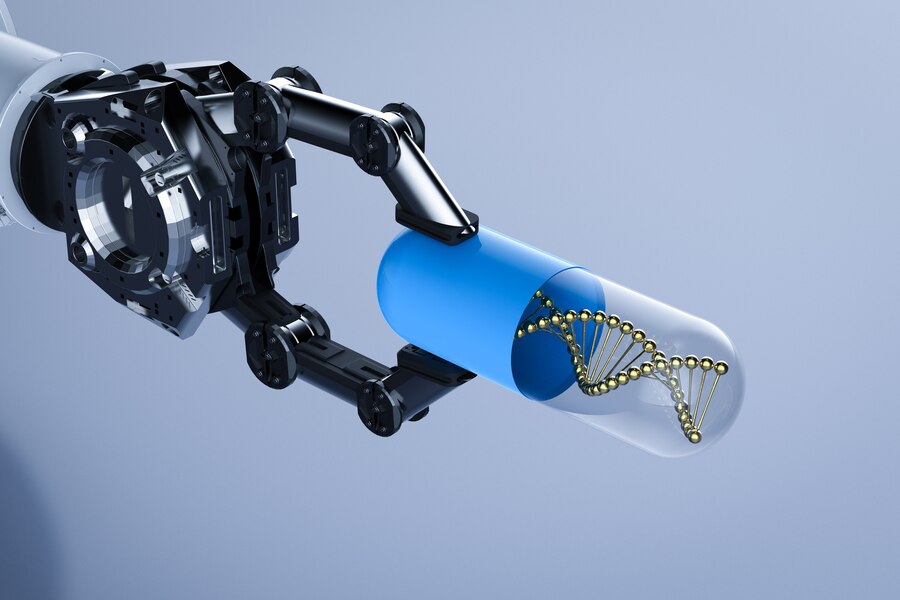How does clinical tubing play a critical role in modern Healthcare? What makes it an indispensable component in a wide range of medical applications? Let’s explore its importance and functionality in the healthcare industry.
The Role of Medical Conduits in Healthcare
Medical Tubing is a vital component used in various healthcare devices and procedures. It serves as a conduit for fluids, gases, or other substances, ensuring they are delivered accurately and safely within the body or from one device to another. From intravenous (IV) lines to catheters, these are essential in maintaining the flow of life-saving treatments.
Its importance lies not only in its function but also in its design. Strict requirements for biocompatibility, elasticity, and durability must be met. This ensures that it performs reliably in demanding environments, such as hospitals, clinics, and during surgeries, where precision and safety are paramount.
Types of Medical-Grade Tubing
There are several varieties of clinical hoses, each intended for a particular use. The most common types include:
- Silicone: Known for its flexibility and biocompatibility
- PVC: Popular for its cost-effectiveness and chemical resistance
- Polyurethane: Offers a balance of flexibility and strength
- TPE (Thermoplastic Elastomer): Provides elasticity and resilience
Each type of tube is chosen based on the specific requirements of the clinical procedure or device it will be used in. Factors such as the type of fluid or gas being transported, the required durability, and the need for sterilization- all influence the choice of material.
The Importance of Material Selection
Material selection is crucial in the design. Different materials offer varying degrees of flexibility, durability, and resistance to chemicals and temperatures. For instance, the silicone type is highly flexible and resistant to high temperatures, making it ideal for surgical and implantable devices. In contrast, PVC type is often used for less demanding applications, where its cost-effectiveness is a significant advantage.
Choosing the right material ensures that the tube can withstand the specific conditions of its intended use. It also plays a role in patient safety, as the material must be non-toxic and free from harmful additives that could leach into the body. The careful selection of materials is, therefore, a critical step in the development of reliable and safe clinical devices.
Applications of Medical-Grade Tubing
Such a tube is used in a wide range of applications across the healthcare industry. Some common uses include:
- Intravenous (IV) therapy: Involves giving a patient’s bloodstream direct access to nutrients, medicines, and fluids
- Catheters: Allows for the drainage of fluids from the body or the delivery of medications
- Respiratory Devices: Transports oxygen or anaesthetic gases during surgical procedures
- Surgical Drains: Removes excess fluids from surgical sites to prevent infection
Each of these applications requires hoses with specific properties to ensure safe and effective treatment. The versatility makes it an integral component in many life-saving medical procedures.
Innovations in Clinical Tubing
The field of clinical hoses has seen significant innovations in recent years. Advances in materials science have led to the development of tubes with enhanced properties, such as improved biocompatibility and resistance to kinking. These innovations have expanded the range of applications for healthcare conduits, allowing for more complex and precise medical procedures. Additionally, the integration of smart technologies, such as sensors embedded within the hoses, is revolutionizing the way patient data is monitored and managed in real-time.
Another area of innovation is the development of antimicrobial hoses, which help reduce the risk of infections associated with clinical devices. This is particularly important in hospital settings, where infections can lead to serious complications. The continued development of medical conduits is driving improvements in patient care and safety.
The Future of Medical Conduits
As the healthcare industry continues to advance, its significance is expected to grow even more critical. Emerging technologies, such as minimally invasive surgeries and advanced drug delivery systems, will rely heavily on the development of new and improved hose materials. The focus will likely be on creating tubing that offers greater flexibility, enhanced durability, and improved patient comfort.
Sustainability is also becoming a key consideration, with efforts to develop eco-friendly tube materials that reduce environmental impact while maintaining high standards of safety and performance. The future of medical-grade conduits is bright, with ongoing research and development paving the way for innovative solutions that will benefit patients and healthcare providers alike.
Medical Tubing is an essential component in the healthcare industry, playing a vital role in a wide range of healthcare applications. From intravenous therapy to surgical procedures, this critical element ensures that fluids, gases, and other substances are delivered safely and effectively. As innovations continue to emerge, the importance of healthcare conduits in advancing Healthcare cannot be overstated.










